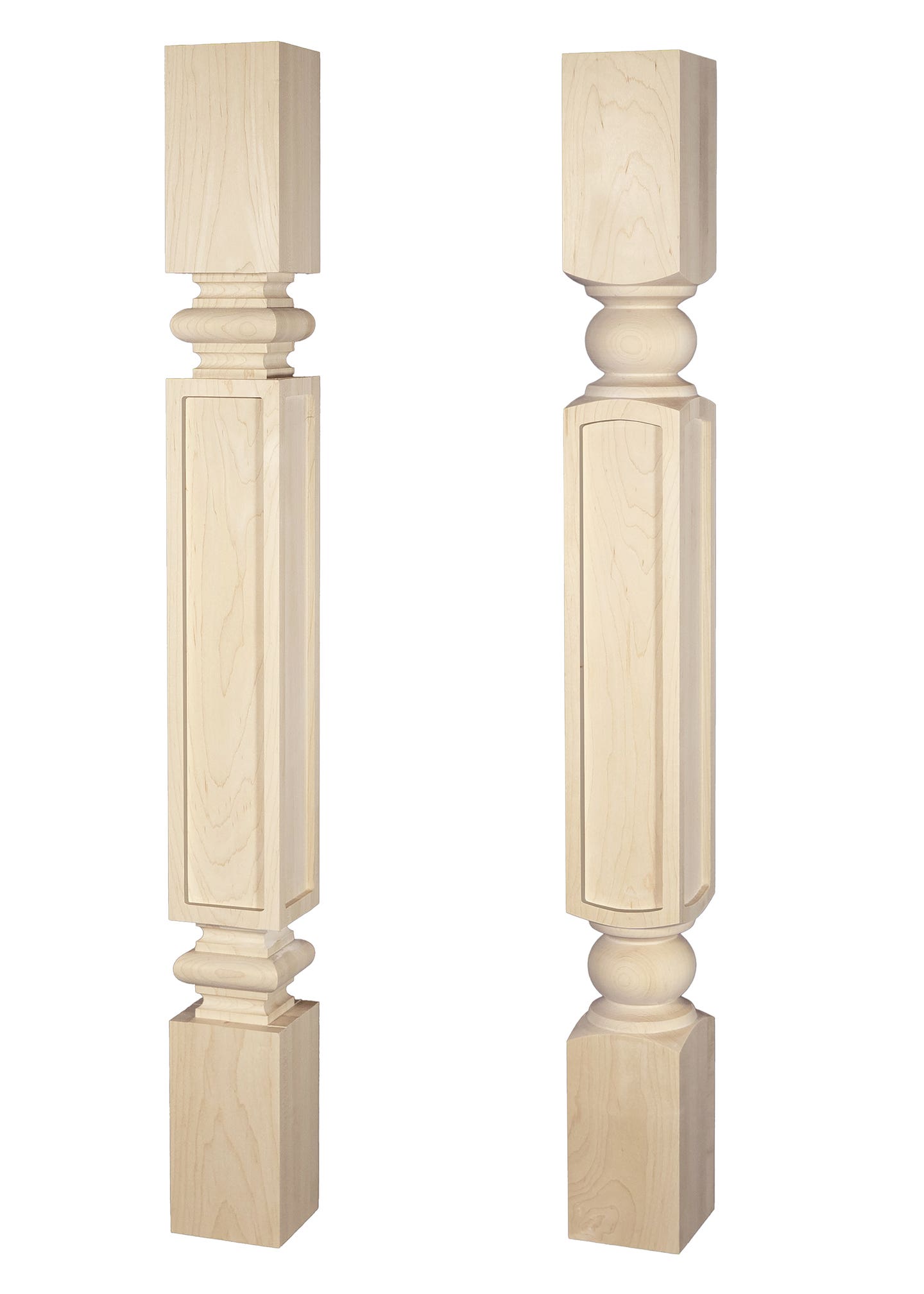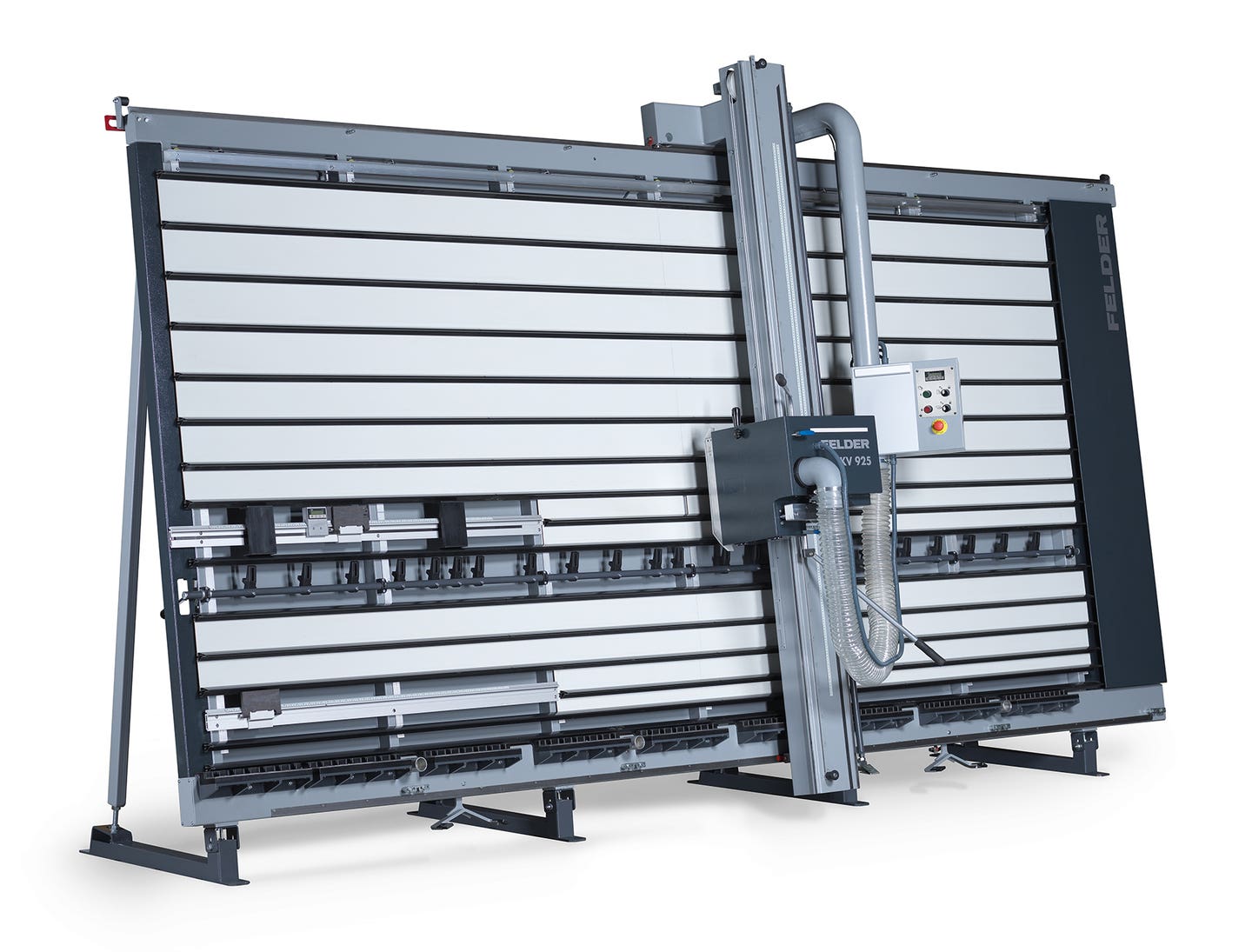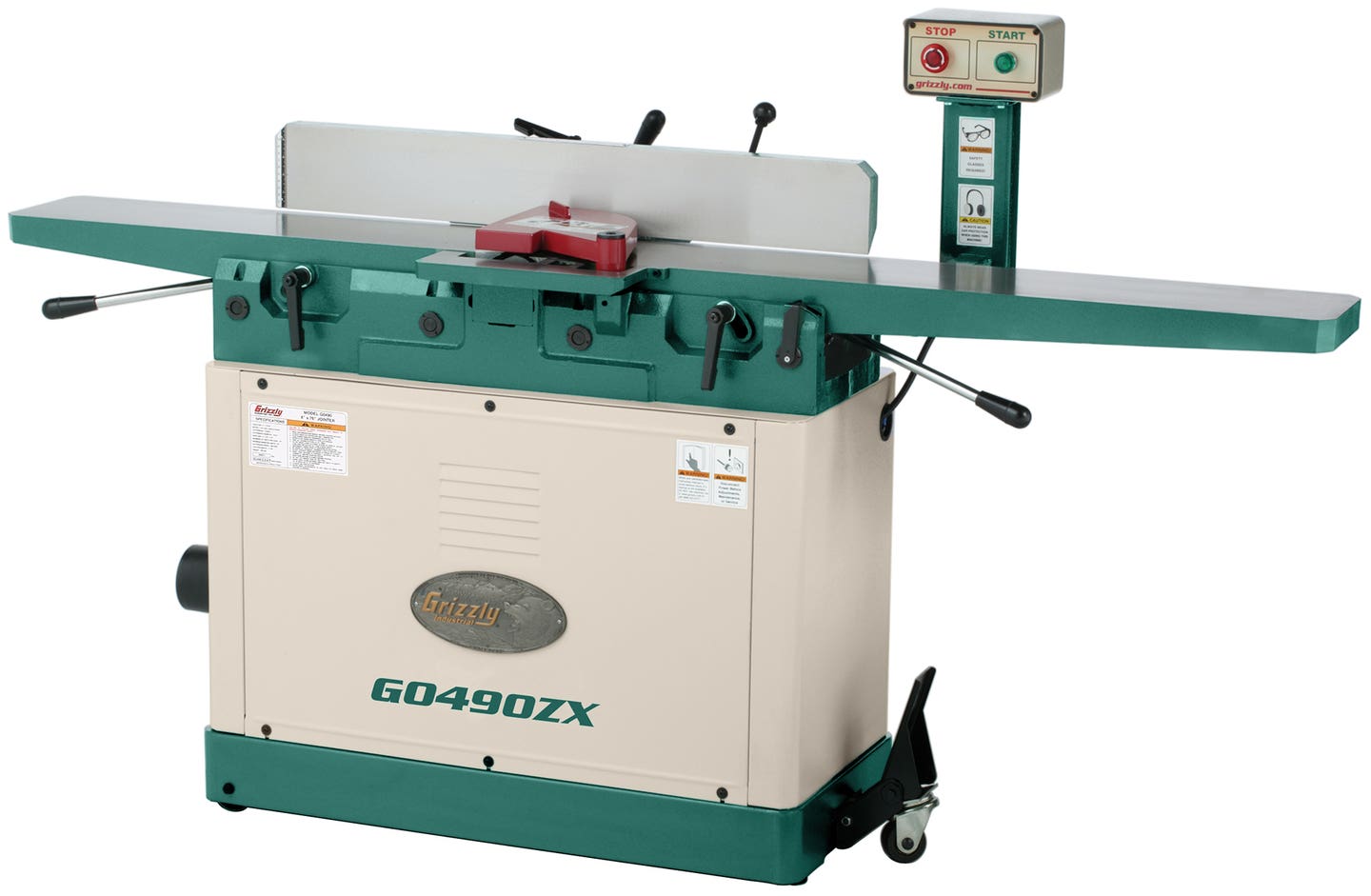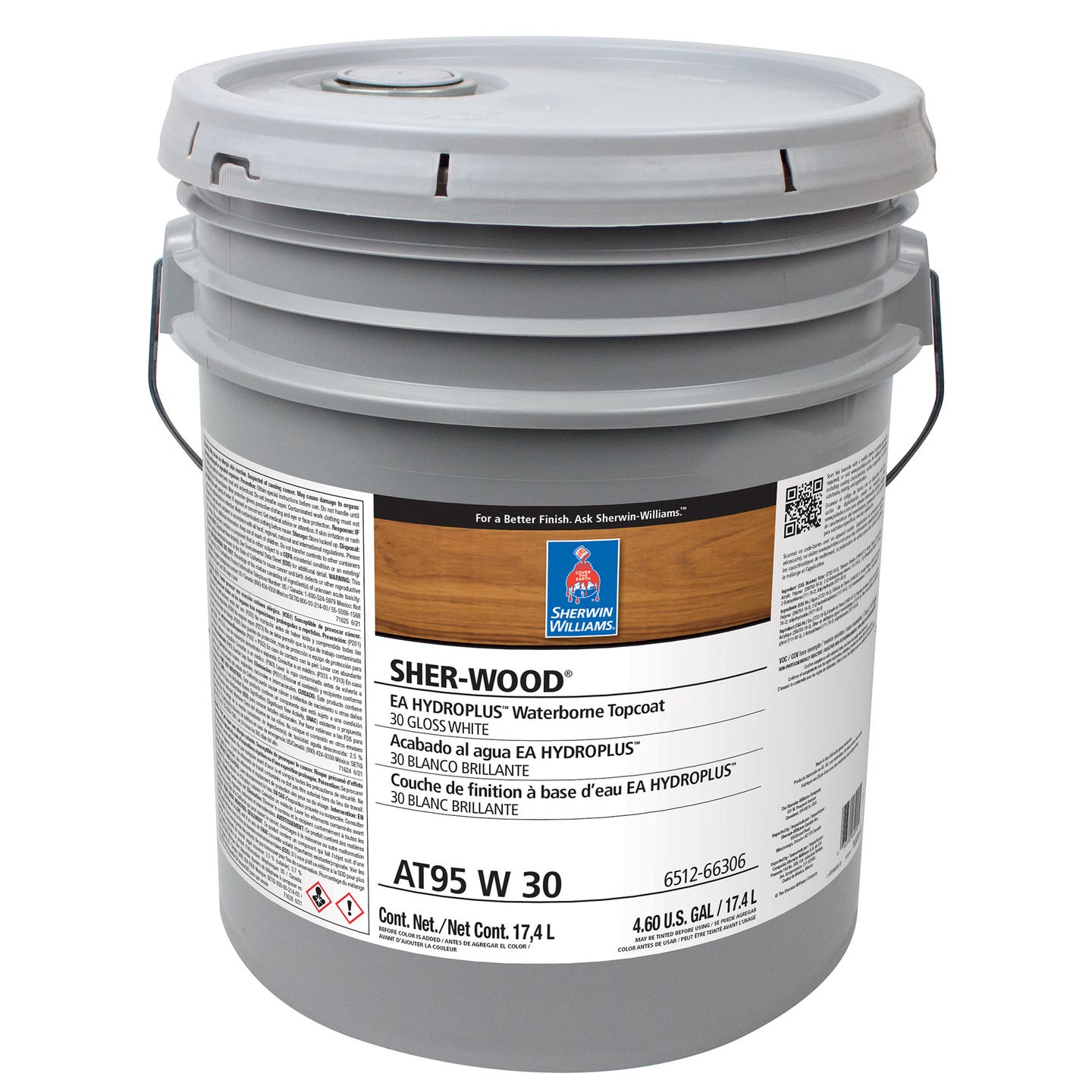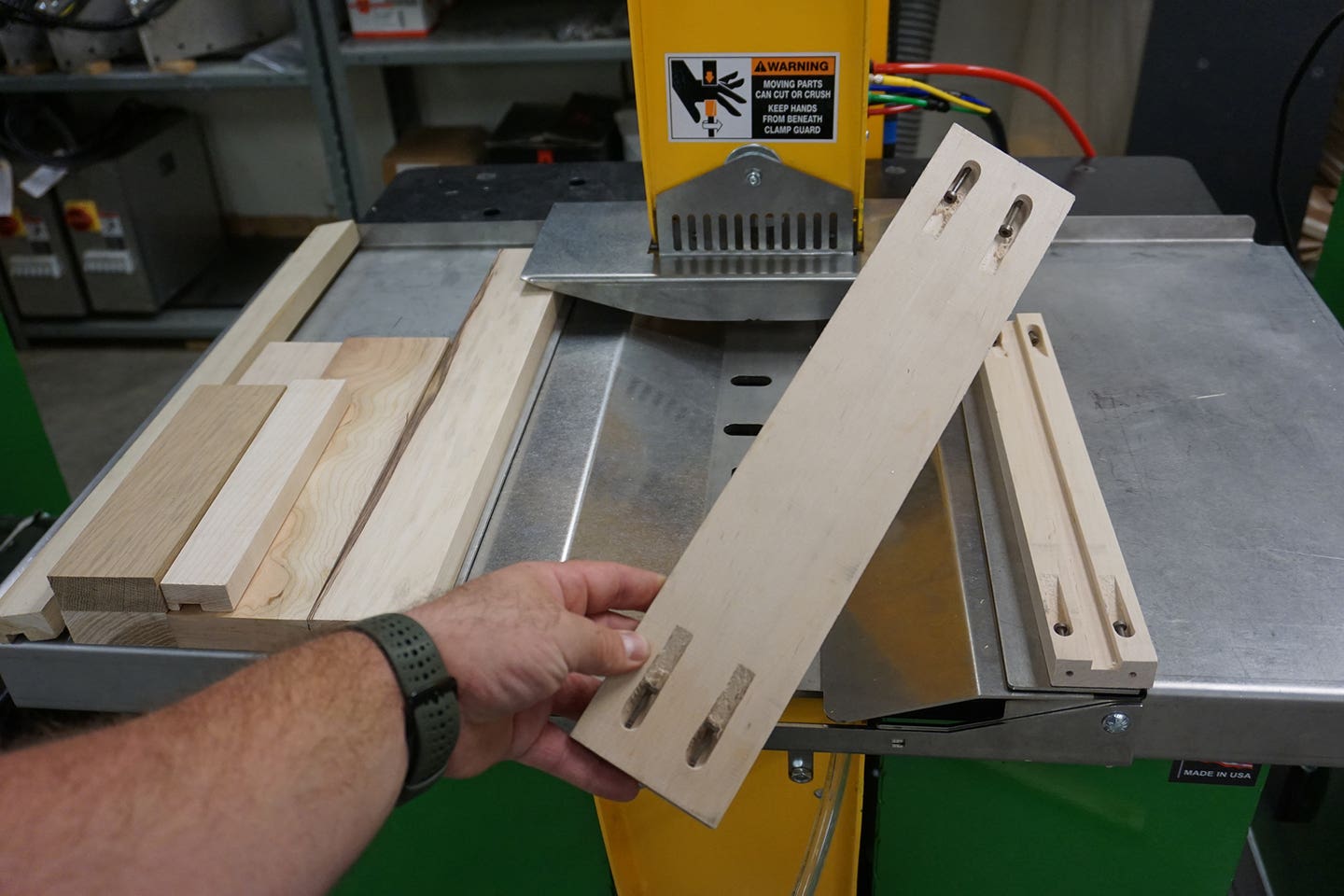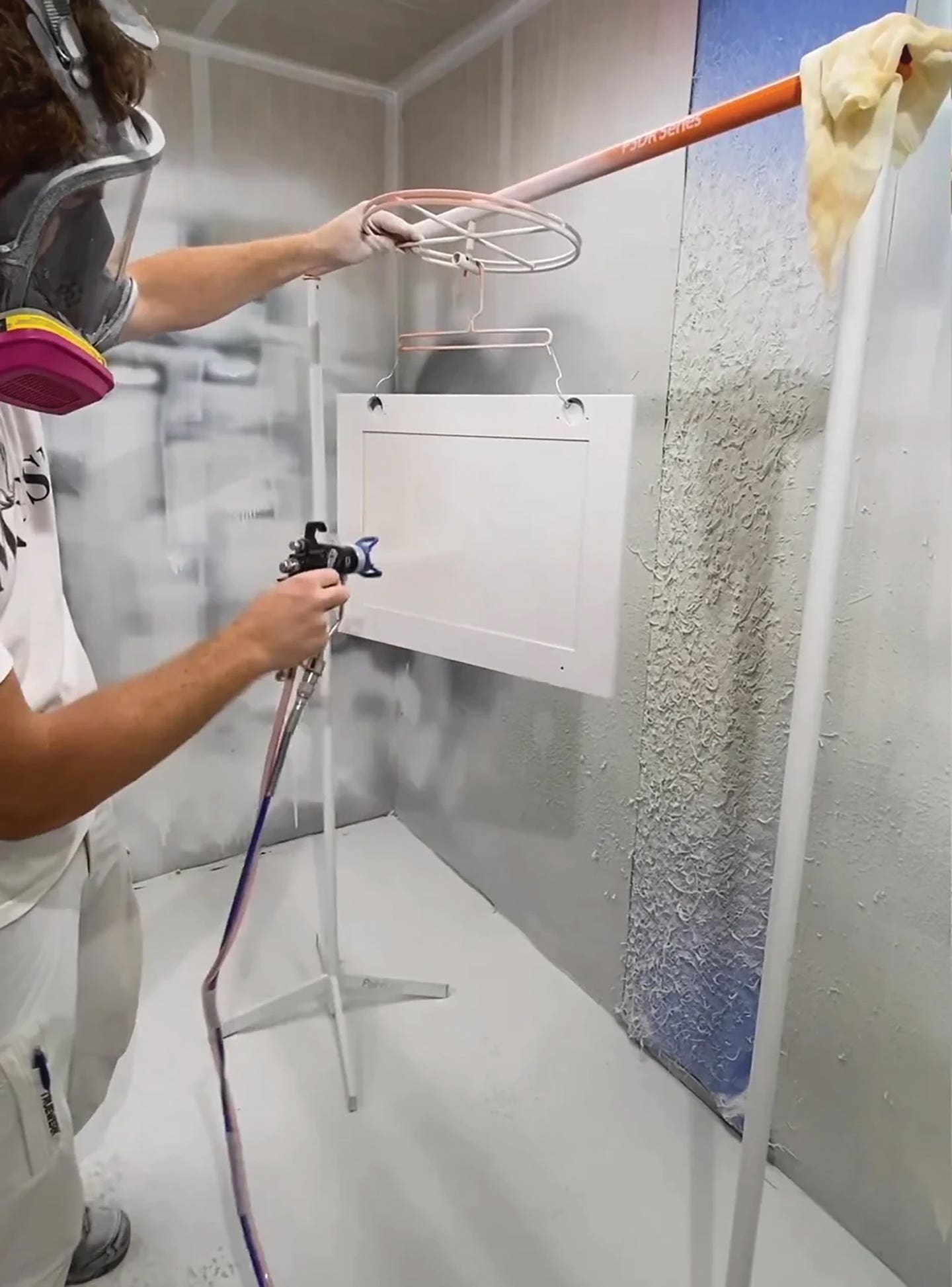Simplicity is the ultimate sophistication
Asking professional woodworkers about their favorite piece of shop equipment is like opening a bag of Gummy Bears in a kindergarten. Every color is everyone’s favorite. Mike Hemry lives in…
Asking professional woodworkers about their favorite piece of shop equipment is like opening a bag of Gummy Bears in a kindergarten. Every color is everyone’s favorite.
Mike Hemry lives in Cody, Wyo., where he has been interpreting Arts & Crafts designs for half a century. The man is just nuts about shapers. A lot of his work features irregularly shaped panels and he has special cutters he uses to create edge profiles. One of his favorite machines is a 1980s Powermatic 26.
“What I like most about this machine,” he says, “is that it’s small and simple and I can run it with a 3/4” spindle. That keeps the cost of cutters under control and, unless you’re working on really big projects, you rarely need to go bigger than that.”
It’s hard to see some of the machines in this master craftsman’s shop. That’s because, although he lives about as far as one can be in the U.S. from great hardwood forests, the man has thousands of board feet of every species ever milled in his shop. Well, it’s more of a lumber warehouse with a shop hidden somewhere in the middle. From the cornucopia of boards, he builds furniture that celebrates the natural colors in the wood. Rather than dyes or stains, he uses exotic species to add hues, tints, blushes and bursts of dramatic color to his work.
Hemry’s No. 26 has a 1-1/2-hp 3-phase motor and a full 3” of vertical travel. The cast-iron table is pretty sizeable, too, at 28” x 29-3/4”. Some of the attributes he treasures in this older, brand-name machine are that parts are still available from Powermatic (even though the model is no longer manufactured) and one can pick one up on eBay for less than the cost of a decent router table. And because shapers run slower (about half the speed of a router), they can take a bigger bite on each incremental pass because they transform lower speed into higher torque.
“Another favorite,” Hemry says, “is a Delta shaper that’s about 75 years old. That, too, is a good old American-made cast-iron machine.”
Hemry isn’t alone in his preference for older equipment. There’s an organization called Vintage Machinery (www.vintagemachinery.org) that owes its existence to the history, restoration and use of vintage woodworking machinery. Born about 15 years ago in one man’s quest for repair parts (a woodworker named Keith Bohn), the site first became a forum and now is a virtual archive. It offers historical information on every known manufacturer of woodworking and metalworking machinery, as well as steam and gas engines, in North America. The group has catalogs, manuals and photographs, and the site is the place to go when buying, selling, trading or rejuvenating your favorite old woodshop equipment.
Not always machines
Some woodworkers prefer hand tools to machines. Veteran woodworker Ken Froelich of Spearfish, S.D., even runs a special interest group called the Unplugged Woodworkers. His shop is modest in size and filled floor to ceiling with planes, scrapers, back saws and the like. Froelich likes to work in off-brand hardwoods such as alder and spends a lot of his time teaching people how to lay out and hand-cut joinery such as dovetails and mortises.
“If you’re asking about equipment rather than tools” he says, “then I’d have to say my Moxon vise (from www.benchcrafted.com) is just about the best thing I ever bought. What I like is that it’s really simple, but also very strong. I just spin one wheel and it instantly grabs the work and holds onto it better than anything else I’ve ever used.”
Froelich does most of his work on a maple bench he built several decades ago and his biggest objection to traditional vises is that the screw is in the wrong place.
“Most benches have a single or double screw that is located down low, because the threaded rod needs to slide in under the bench as you crank it closed. That means the top of the jaw leans a little — not much, but just enough to be annoying. The Moxon vise lets me work on boards up to about 2 feet in width, but the screws are placed high and at each side of the work and they’re centered up and down on the jaw. That means there’s no tipping. Another thing I like is that the jaw face is lined with suede, so nothing ever gets marred.
“Now, if you’re asking about tools in general,” he says with a grin, “my all-time favorites have to be the Veritas router planes. I have three different sizes and I use them constantly. They’re comfortable, efficient, smooth — everything you’d expect from that company. They feel like old friends. You can get a number of different blades for each one and they are just wonderful for cleaning out grooves and building absolutely perfect joints.”
Froelich’s latest job is a residential kitchen with glass upper doors that have a thin wood overlay in the form of a Greene & Greene cloud lift. After seeing them, we thought it would be a good idea to ask Darrell Peart to weigh in on this topic (www.furnituremaker.com). Aside from being one of the leading woodshop teachers in the country, Peart describes his exquisite art pieces as “custom designed and made furniture with a strong hint of the Greene and Greene Craftsman style.” He is an ideal source for a quote on this topic because he works extensively with both hand tools and machines. Peart’s exposed joinery is instantly recognizable, so we were expecting him to talk about Japanese sharpening stones or fine-tooth backsaws.
Imagine our surprise when he said, “My favorite piece of equipment is the jointer.”
Of course, the man is an artist, so he had an almost poetic take on this most mundane of machines.
“It might be considered unpleasant by some, but give me a pile of twisted boards to flatten and I love it. I even look forward to setting the knives (yes, I still have straight knives for now). With good music on the stereo — Beatles to Beethoven — in the early morning and no one else in the shop, what could be more relaxing and pleasurable than setting jointer knives? There is a tangible gratification I feel in my fingers, when the jointer is precisely tuned. Feeling the suction as you pick up a flattened board off the outfeed table is truly satisfying.”
His endorsement comes with a caveat.
“In the beginning,” he says, “I disliked anything to do with the jointer. However, years ago, I had the very good fortune to have worked with a true master of millwork, Roy Weamer. Roy made it all seem so simple.”
Simple is as simple does
The word “simple” keeps reverberating through these testimonials. Mike Hemry likes his old Powermatic shaper because it’s “small and simple.” Ken Froelich says that what he likes about his Moxon vise is that it’s “really simple.” And Darrell Peart points out that the key to woodworking for him was that Roy Weamer “made it all seem so simple.”
When it comes to most woodworkers’ favorite woodshop equipment, perhaps it’s not so much a particular tool or brand that makes the grade. Maybe it’s a special quality — in this case simplicity — that is appealing.
For example, countless manufacturers in the last 50 years or so have attempted to build the perfect dovetailing machine. There have been simple ones from the likes of Rockler or Porter-Cable that use a cam-action clamp that holds both boards and has a plastic template that guides a router. There have been very sophisticated, beautifully engineered models from Leigh that are works of art in themselves. And there have been dozens of clamp or bolt-on templates that promise to “simplify” the process. But what all of them miss, despite being very reliable and precise, is something that guys like Froelich and Peart truly value, even though they’d both smile at the idea. No matter how brilliant a jig is, the end product lacks the simple, romantic appeal of a hand-cut joint.
Watch “Antiques Roadshow” on PBS and one of the keys to value in furniture is the way the appraisers can look over a piece and not only provide a date, but also the region — often the town — and many times the shop or actual woodworker who built a specific drawer 300 years ago.
Great woodworking is not so much about the toys, but the ways in which they are used.
When Mike Hemry builds a piece of furniture and uses his 30-year-old shaper to mill the edges of a bunch of tiny, multi-sided panels, one has to wonder whether his favorite thing here is not so much the machine, but the process.
This article originally appeared in the December 2014 issue.


